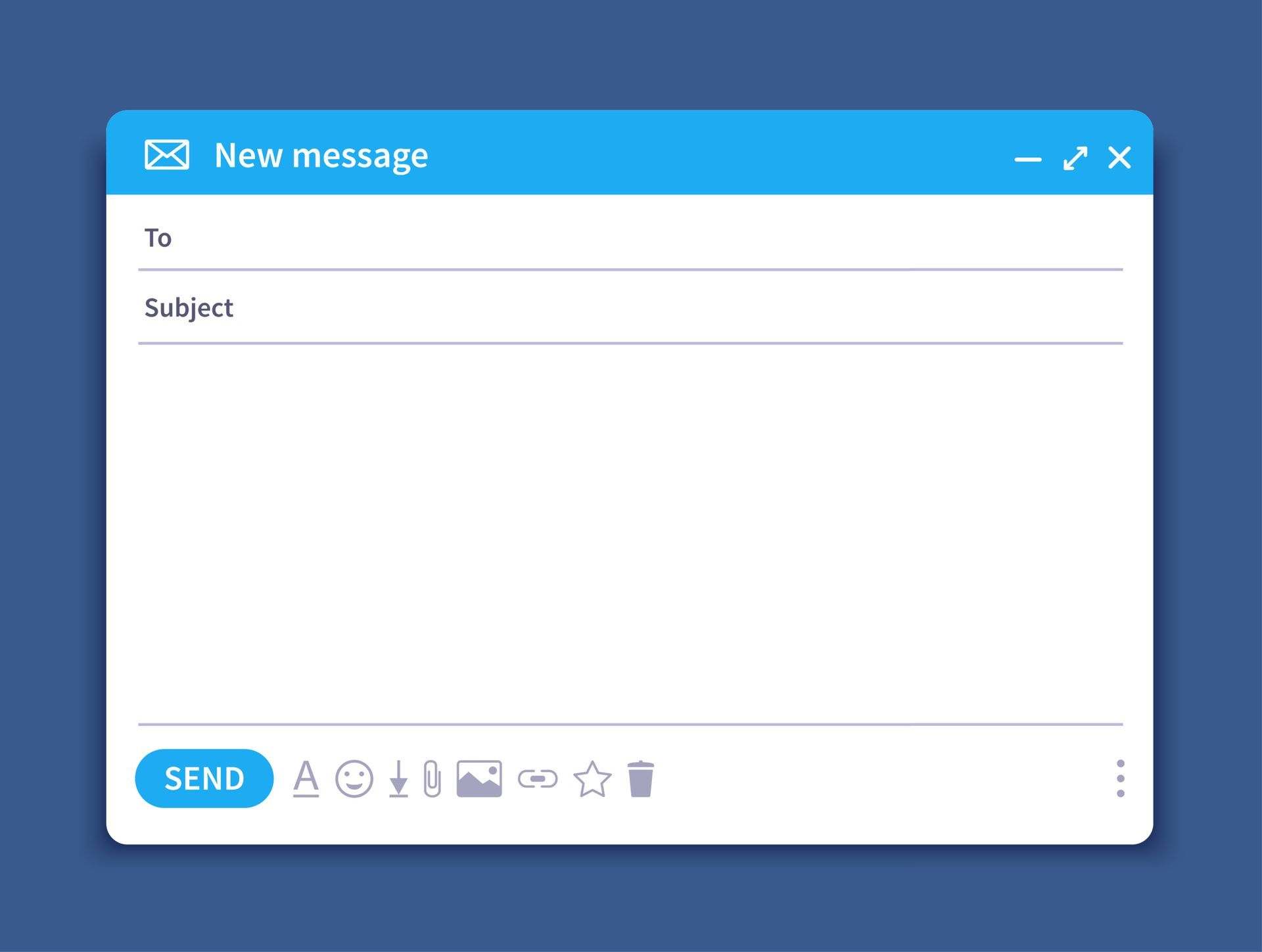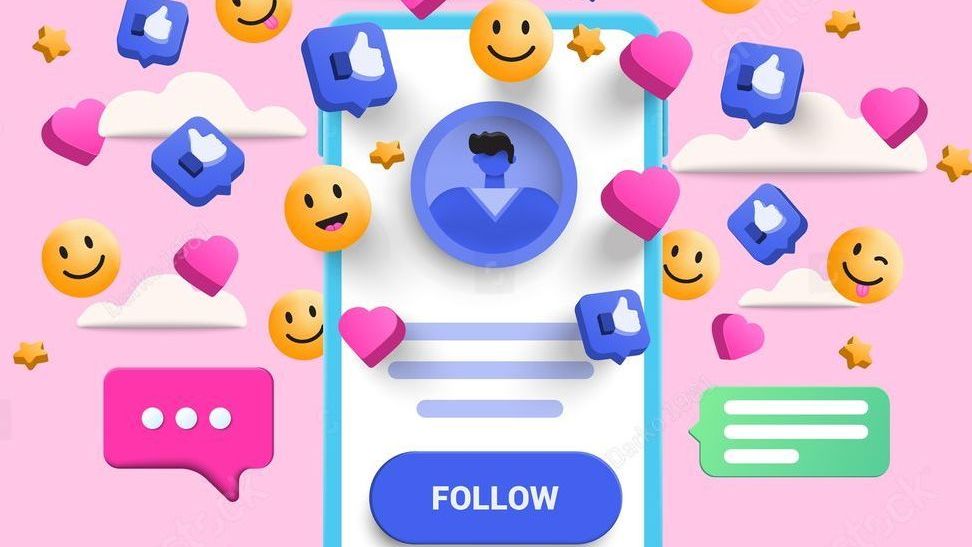Harness the power of email marketing to scale your small service business
Foster customer connections with strategic, personalized email campaigns

Introduction
In the bustling domain of small businesses, where every penny and client counts, entrepreneurs are constantly searching for robust, scalable, and cost-effective strategies to expand their reach and profits. One classic, yet perpetually potent tool that often gets overlooked in this hustle is email marketing. Let's explore how small service-oriented businesses can adeptly utilize email to not only retain their existing clientele but to also propel their ventures into a wider market space.
The timeless value of email marketing
In a world saturated with social media marketing, email remains a remarkably effective and direct method of communication with a whopping 3.9 billion daily email users. The Personalized nature of email allows businesses to deliver targeted messages right into the inboxes of their prospects, fostering a one-to-one connection that’s difficult to achieve via other marketing channels.
For small service businesses, whether you’re offering consulting, landscaping, or digital services, it provides a relatively low-cost method to communicate with a large audience, announcing new offerings, sharing updates, or simply keeping your brand at the top of the customer’s mind.
Building and managing an email list
The foundation of impactful email marketing lies in the quality and management of the email list. Small businesses should prioritize:
- List building: Incorporate sign-up forms on your website, utilize social media platforms for lead magnets, and consider offline methods to collect emails.
- Segmentation: Categorize your list based on customer behavior, purchase history, or demographic details to send tailored content.
- Compliance: Ensure adherence to regulations like GDPR and CAN-SPAM to maintain trust and legal standing.
Crafting compelling content
The efficacy of email marketing significantly relies on the caliber of content shared. Consider the following aspects:
- Subject Line: Make it catchy, relatable, and evocative, inducing the recipient to click.
- Body Content: Ensure relevance, concise language, and visually appealing formatting.
- Call to Action (CTA): Clearly state what action you want the reader to take – book a consultation, avail a discount, etc.
- Visual Elements: Include images and graphics to make emails more engaging and to break textual monotony.
- Personalization: Tailor content to the recipient’s preferences, behaviors, and data.
Automating for efficiency and consistency
Email automation allows businesses to schedule and send emails based on predefined triggers and actions, ensuring timely and relevant communication without necessitating constant manual intervention. For small service businesses, this means:
- Welcome Series: Automatically greet new subscribers and introduce them to your services.
- Drip Campaigns: Employ a sequence of emails to nurture leads and guide them through the customer journey.
- Transactional Emails: Automated confirmations, invoices, and reminders enhance customer experience and foster trust.
Analyzing and optimizing performance
Measure, analyze, and adapt your strategies based on concrete data:
- Open Rate: Low open rates might hint at tweaking subject lines or sending times.
- Click-Through Rate: Analyze which CTAs and content elements are performing well.
- Conversion Rate: Assess the effectiveness in turning prospects into customers or fulfilling the desired actions.
- A/B Testing: Employ A/B tests to determine which content variation garners better results.
Nurturing customer relationships
Beyond acquisition, email marketing serves as a potent tool for customer retention:
- Value Addition: Share blogs, tips, and insights that add value to the customer’s experience or knowledge.
- Loyalty Programs: Utilize email to introduce and manage loyalty programs, offering exclusive deals and content to repeat customers.
- Feedback: Invite and act upon customer feedback, fostering a two-way relationship.
Email marketing in service upscaling
- Cross-Selling: Use purchase history and customer preferences to suggest additional, relevant services.
- Referral Programs: Incentivize existing customers to refer new clients.
- Announcements: Ensure that your subscribers are the first to know about your new offerings, expansions, or improvements.

Humanizing your email campaigns
In the digital era, where automation is predominant, maintaining a human touch in email communications becomes paramount. For small service businesses, this humanity is not just a brand voice; it is an assurance to customers that behind the digital facade is a team of real people, passionately delivering services.
- Storytelling: Narrate the tales of your business's journey, challenges, successes, and testimonials through emails, forging a deeper emotional connection.
- Behind-the-Scenes: Share glimpses of your working environment, team members, and events to let customers peek into your world, fostering a relatable image.
- Customer Spotlights: Celebrate stories of how clients have benefitted from your services, illustrating real-world impacts and expressing gratitude towards patrons.
Leveraging email marketing for local outreach
As a small service business, connecting with the local community is vital. Email marketing can help you tap into local markets effectively, crafting a community-centric brand image.
- Local Events: Notify subscribers about your participation or organization of local events, workshops, or seminars, encouraging them to join and interact.
- Collaborations: Highlight collaborations with other local businesses or influencers, revealing your network and commitment to the local economy.
- Localized Content: Create content relevant to local festivities, seasons, or events, exhibiting your business as an integral part of the community.
Tactical use of promotional emails
Strategic deployment of promotional emails can catalyze conversions and customer engagement. However, it’s crucial to strike a balance to avoid overwhelming subscribers.
- Limited-Time Offers: Introduce time-bound deals or discounts on your services to incite urgency and exclusivity.
- Bundling: Present bundled service packages through emails, providing perceived value and encouraging uptake of additional services.
- Flash Sales: Organize occasional flash sales exclusively for email subscribers, promoting special offers and augmenting the exclusive club feeling.
Incorporating interactivity
Interactivity in emails piques customer interest, offers dynamic experiences, and provides additional layers of engagement and data collection.
- Polls and Surveys: Embed short polls or surveys to garner feedback or preferences, promoting interaction and gathering valuable insights.
- Animated Elements: Integrate GIFs or animations to make emails visually intriguing and enjoyable.
- Interactive CTAs: Employ interactive buttons, sliders, or dropdowns that enable users to express preferences, navigate to segmented offerings, or simply make the emails more engaging.
Ensuring mobile optimization
Given that a significant chunk of emails is accessed via mobile devices, optimizing your email campaigns for mobile users is non-negotiable.
- Responsive Design: Ensure that email templates are responsive, guaranteeing a seamless visual experience across devices.
- Conciseness: Recognize that mobile users often skim through content; hence, keep messages succinct and CTAs clear and accessible.
- Loading Times: Optimize images and elements to ensure minimal loading times, safeguarding against loss of interest.
Conclusion
In a nutshell, adeptly leveraging email marketing unfolds a multifaceted platform, vital in propelling small service businesses towards impactful communication and scalable growth within a fiercely competitive and cost-sensitive market. This methodology extends far beyond being a mere communication tool; it strategically morphs into a potent catalyst that significantly influences various customer interaction facets, from acquisition, engagement, retention, to feedback. Through a symbiotic blend of strategic automation, analytical optimization, compelling and humanized content creation, meticulous list management, and persistent customer relationship nurturing, small businesses can adeptly employ email marketing to provide a direct, personalized, and data-driven communication channel to both existing and potential customers. Consequently, by thoughtfully integrating diversified strategies—ranging from developing a vibrant email list, implementing interactivity, optimizing across all platforms, to crafting a locally-relevant brand image—small service businesses can not only communicate, connect, convert, and consolidate their customer base but also foster a robust and scalable growth trajectory amidst the complexity of the contemporary business landscape.












